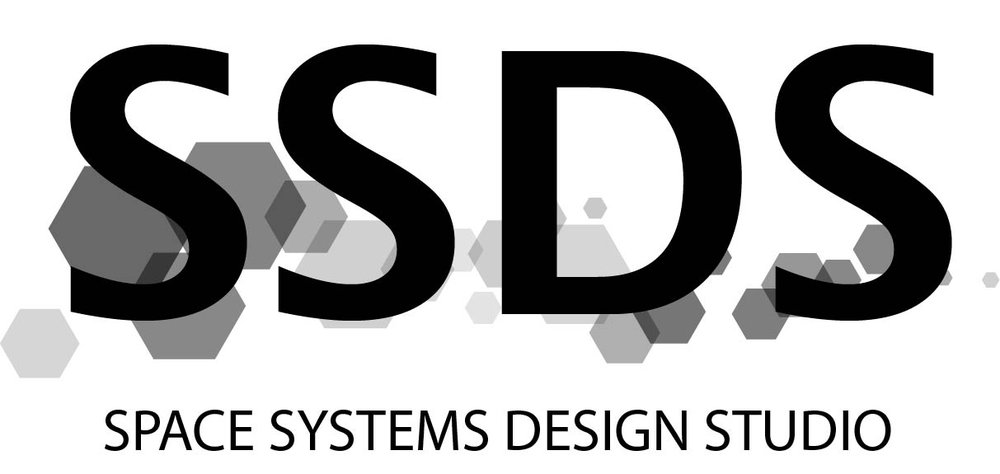Flux-Pinning Research
Currently, we have three main projects at Cornell.
- Microgravity Flight Experiment
- To further explore the nonlinear dynamics of flux-pinning interactions, a microgravity flight offers a six degree of freedom environment to measure flight-traceable dynamics. Operators conduct experiments inside a hollowed plane, flying parabolic trajectories.
- Funded in part by NSTRF and JPL.
- Flux-Pinned Orbiting Sample Project (FPOS)
- This project applies a flux-pinned interface to capture an orbiting sample for a Mars Sample Return mission, in collaboration with JPL. The magnetic interactions draw in the orbiting sample much like a short-range tractor beam and are capable of arresting the spacecraft with incoming angular and translational velocities.
- Funded by JPL and in part by NSTRF.
- Flux-Pinned Rotor
- Rotors are typically limited by friction in a mechanical bearing but flux pinning offers a contactless joint with magnitudes less friction. A prototype must be built to characterize performance and possibly investigate scaleability in application.
A YBCO high temperature superconductor levitating a permanent magnet.

